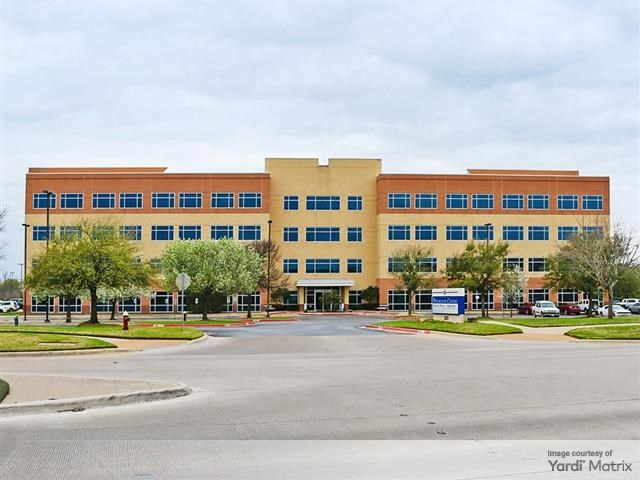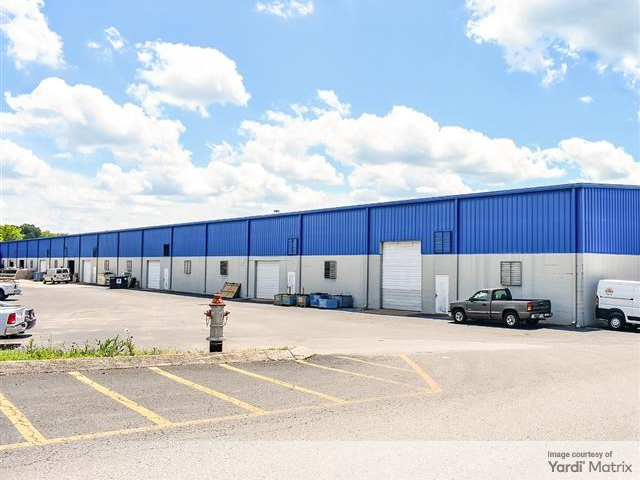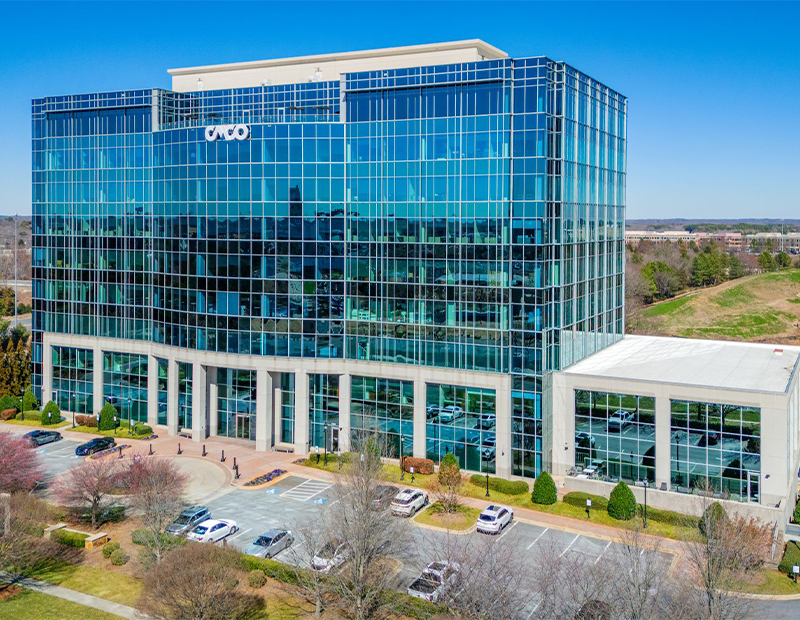Why Columbus Is Attracting Data Centers
According to the latest CBRE report on data centers, Columbus has evolved from a location of choice of many corporate enterprise data centers to one of the world’s top locations for internet cloud operations. Doug Godard, senior vice president of CBRE Data Center Solutions, expands on how the metro managed to get on investors’ radar in the past 10 years.
By Laura Calugar
Investment in the U.S. data center sector reached record levels in the first half of 2017, totaling $18.2 billion, already more than double compared to all of 2016, according to the latest CBRE report. The U.S.’ seven major data center markets—Atlanta, Chicago, Dallas/Fort Worth, the New York Tri-State Region, Northern Virginia, Phoenix and Silicon Valley—combined saw nearly 88 MW of positive occupancy gains in the first six months of 2017. The data center supply pipeline continues to accelerate with nearly 284 MW of wholesale capacity currently under construction in primary data center markets.
 During the past decade, the geographic proximity of Columbus, Ohio, to about half of the U.S. population, the resulting lower latency and the market’s pro-business environment with a favorable tax climate, are bolstering the city’s standing as one of the hottest data center markets in the country. We wanted to see how the metro had become so attractive for data center companies, so we talked to Doug Godard, senior vice president of CBRE Data Center Solutions.
During the past decade, the geographic proximity of Columbus, Ohio, to about half of the U.S. population, the resulting lower latency and the market’s pro-business environment with a favorable tax climate, are bolstering the city’s standing as one of the hottest data center markets in the country. We wanted to see how the metro had become so attractive for data center companies, so we talked to Doug Godard, senior vice president of CBRE Data Center Solutions.
What influenced Columbus’ evolution from a location of choice to one of the top locations for internet cloud operations?
Doug Godard: Columbus is known as a national logistics and warehousing hub due, in large part, to the fact that nearly half of the U.S. population is within 500 miles of the city. Columbus’ proximity to population is also a large factor in companies locating their data center operations to the area. Latency is the time it takes for data to travel from one point to another (and back). Physics dictates latency. Remember how long it took to download a movie or how sometimes the viewing was shaky? That was caused by longer latency times. Today, companies are locating their data centers in areas where they can reach larger population bases in shorter periods of time – lower latency. Two of the world’s largest internet cloud operations have committed billions of dollars to their Columbus projects validating Columbus as a great on-ramp to the cloud.
Who are the biggest players in Columbus’ data center market?
Godard: Cologix and Expedient have colocation data centers in the Columbus region that can successfully compete with any data centers in the U.S. Think of a colocation data center as a multi-tenant office building, but for data center tenants. The trend nationally is for companies to leave their owned data centers and to relocate their computer servers to colocation data centers—colocation data centers cost less and are typically more reliable.
Both of these data centers are of a “Tier III” design making them concurrently maintainable. This means that the operators of the data centers can work on mechanical and electrical systems without shutting down that area of the data center. Being concurrently maintainable is important because companies have to have access to their data or have to be able to run data processes 24/7 without any interruption. Some airlines have had data center failure in the past two years creating havoc with their customers and costing the airlines tens of millions of dollars. They are now rethinking their data center strategies.
How large is the metro’s data center supply pipeline?
Godard: Cologix is under construction with a $130 million colocation data center in Columbus. Cologix’s first customer is installing equipment right now and will be online in January 2018. The Cologix data center is one of the largest data centers in the Midwest totaling 160,000 square feet with four 20,000-square-foot data halls and 12 MW of power. The Cologix data center will be successful because of its certified Tier III design/construction and because of its connectivity to other cities in the U.S. through more than 50 onsite carriers. Cologix is a direct connect partner with the largest public cloud service provider in the world, which means all data traffic going through their data center campuses in the Columbus region will be directed through the Cologix data center. This should benefit companies through big savings in local carrier charges.
Where do you think Columbus’ data center market will stand in a decade from now?
Godard: Columbus is located in the Golden Triangle – that geographic area between Washington, D.C., New York and Chicago. The Golden Triangle has the highest concentration of data in the world and Columbus is very central to all three cities. Columbus has the location, has great power and is not prone to natural disasters such as hurricanes, tornados, flooding, wild fires or earthquakes. I do not believe that we will have to wait ten years. Columbus is now on the national radar for data centers and we should see dozens of additional announcements in the next few years.
Image courtesy of CBRE








You must be logged in to post a comment.